 Back
Back
Russian Academy of Arts

St. Petersburg, Universitetskaya nab., 17
Higher educational institution of the Russian Empire in the field of fine arts
The Academy of Arts or the “Academy of the Three Noblest Arts” (i.e. painting, sculpture and architecture), as it was originally called, was established by decree of Elizabeth Petrovna in 1757. In 1764, during the reign of Catherine II, the establishment was granted the status of Imperial Academy. Up until that time, the Academy was located in I. I. Shuvalov’s house on Sadovaya Street, but Catherine II decided that the Academy needed a new building, more suitable for its needs. For this purpose, a land plot on Vasilievsky Island, on the embankment of the Neva River, was allotted. The project of the building was developed by architects A. F. Kokorinov and J. B. Vallin de la Mothe. The building of the Academy of Arts became one of the first structures in the city designed in the early classicism style.
Architecturally, the building is a rectangle with a large courtyard in the center and four small courtyards at the corners. The main facade of the building faces the Neva River. It is decorated with a risalite and a portico of tuscan columns bearing a triangular pediment. The interiors are no less majestic and elegant than the facades of the building. Numerous halls are diverse in size and design, but they are all part of a single composition. Particularly luxurious is the decoration of the first floor lobby, the grand staircase, and the Raphael and Titian halls.
The building of the Academy of Arts, considered one of the most outstanding monuments of early St. Petersburg classicism of the XVIII century, was included in the list of federal heritage sites. A magnificent view of the building opens from the opposite bank of the Neva River – from the Angliyskaya embankment.
Among the famous graduates of the Academy are artists (O. A. Kiprensky, K. P. Bryullov, A. A. Ivanov, P. A. Fedotov, I. N. Kramskoy, V. I. Surikov, V. A. Serov, I. E. Repin, I. I. Brodsky, I. E. Grabar, M. B. Grekov), architects (V. I. Bazhenov, I. E. Starov, A. N. Voronikhin, A. D. Zakharov, V. P. Stasov), poet and artist T. G. Shevchenko.
Not many people know that a museum was founded almost simultaneously with the Academy of Arts; today it is one of the oldest art museums in Russia. Initially, the museum performed educational functions – it stored the works of the Academy’s best students, as well as samples of high art that could and should have been studied and copied. Very soon, the museum’s collection turned into one of the best art collections in the country.
Currently, the exposition of the research museum of the Russian Academy of Arts is located in the halls on three floors of the so-called “compass” – the central round courtyard. On the first floor there is a department of casts, on the second floor there is a collection of paintings of the Russian academic school. The architecture department which presents unique design models of the XVIII-XIX centuries is located on the third floor of the “compass”. Among the exhibits are models of buildings of the Smolny monastery, the Academy of Arts, the Stock Exchange, St. Isaac’s Cathedral and many other monuments of the Northern capital.


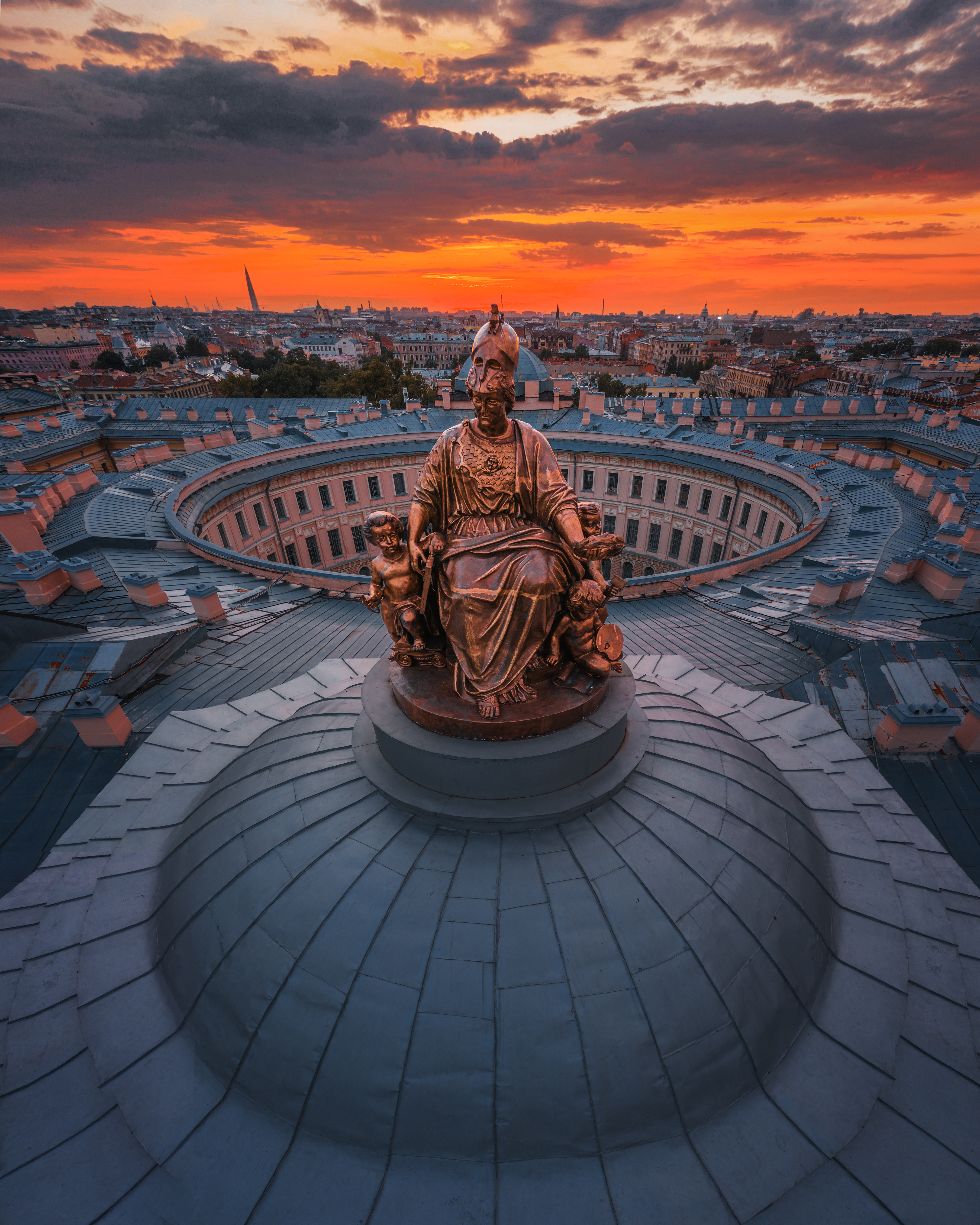
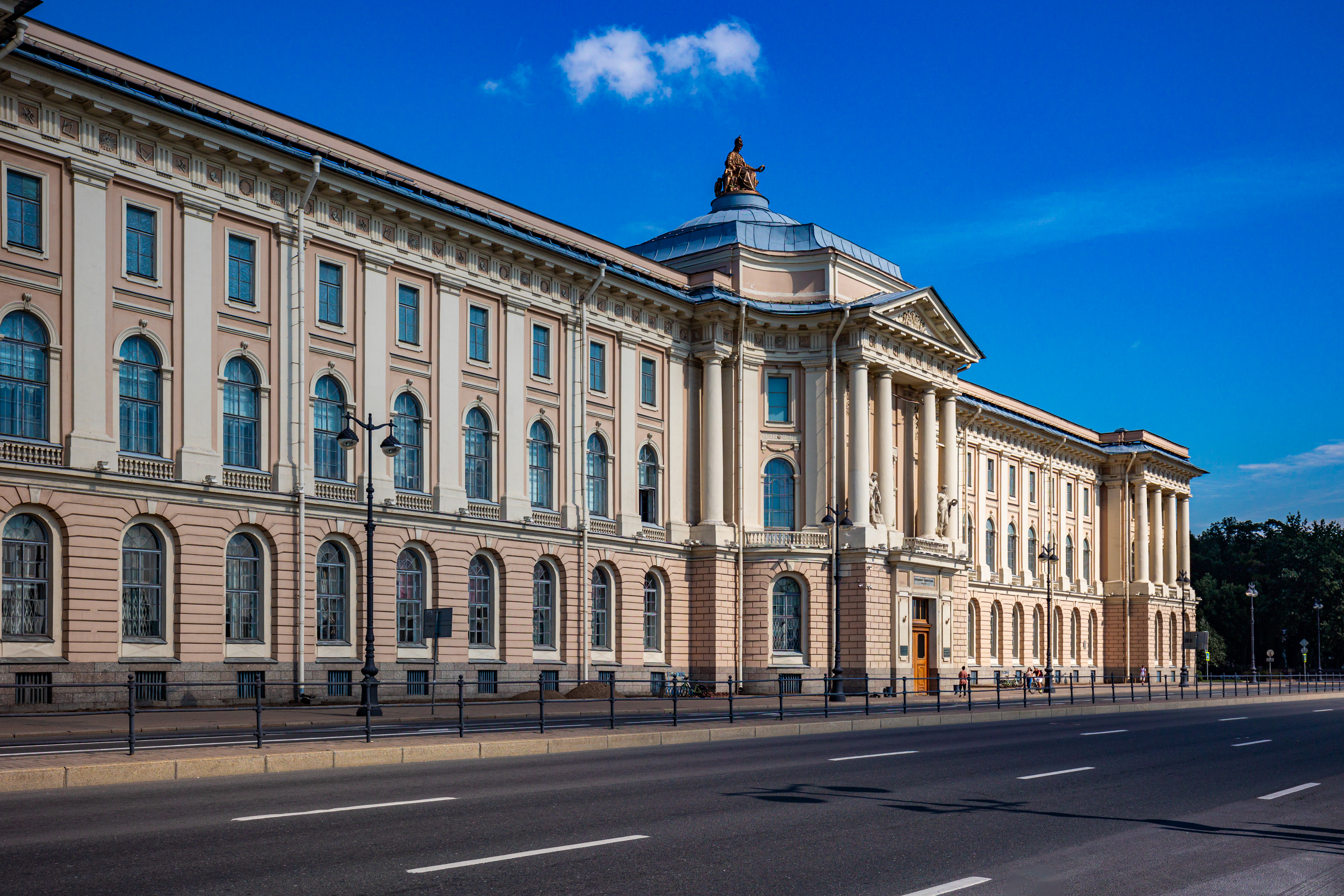
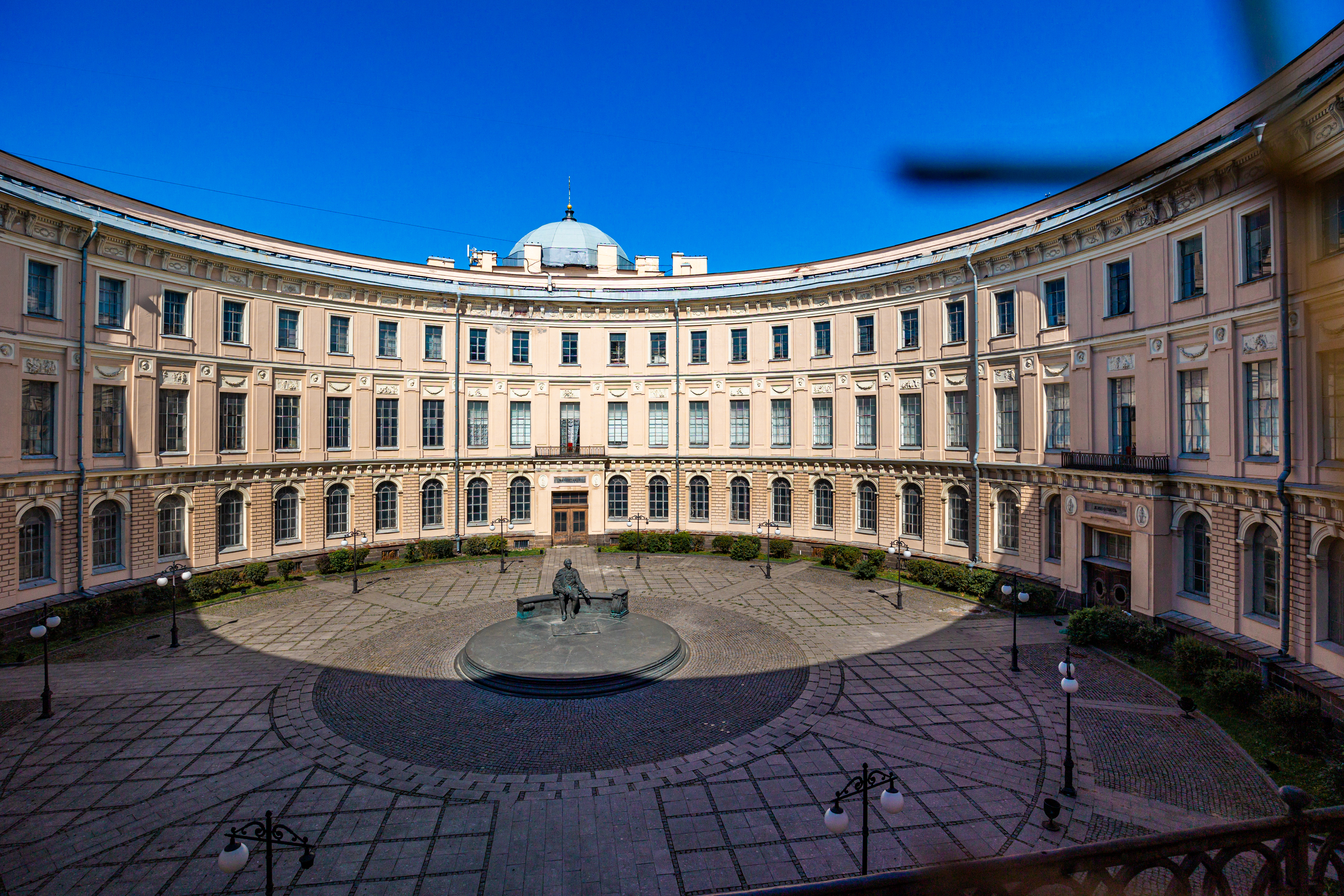
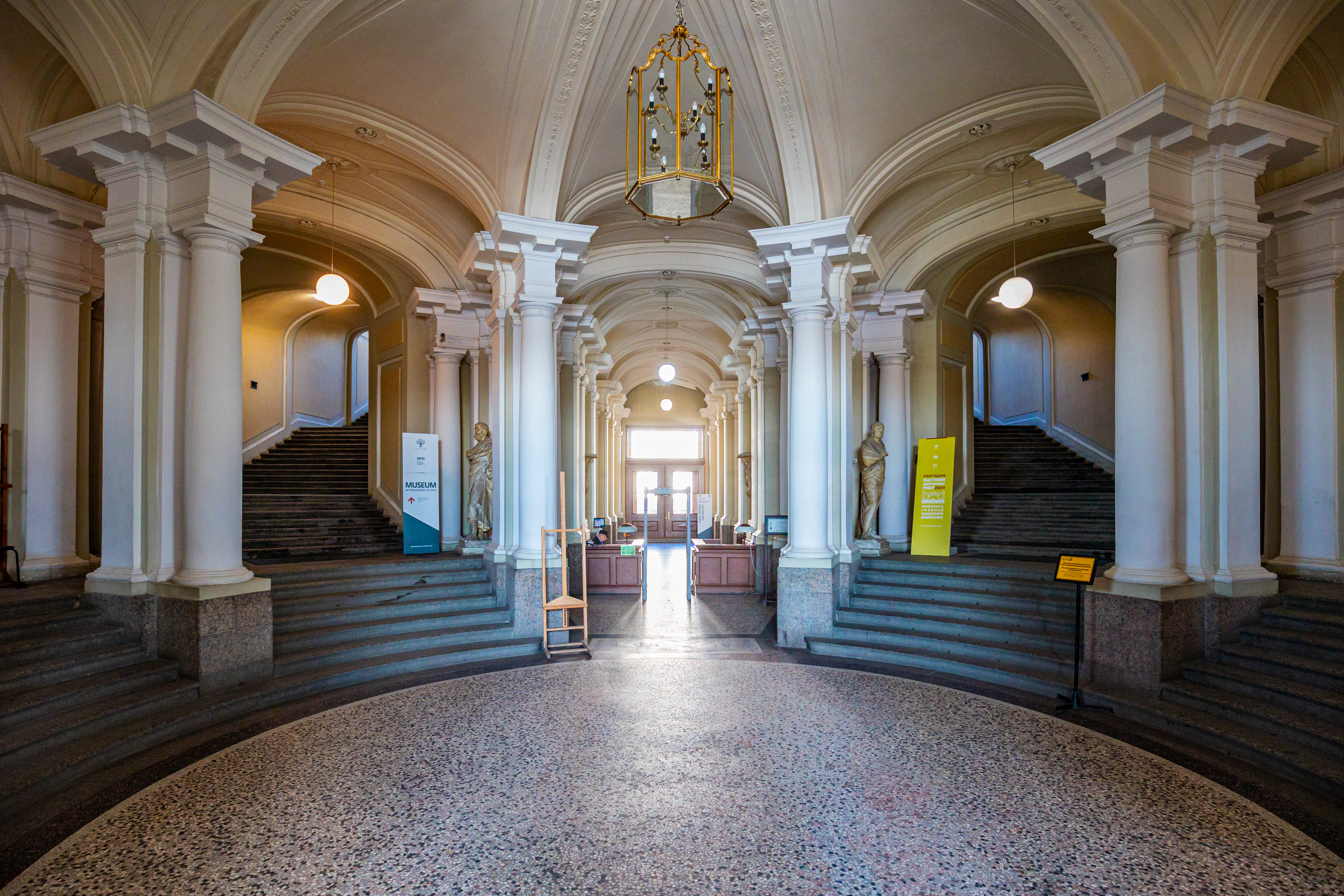
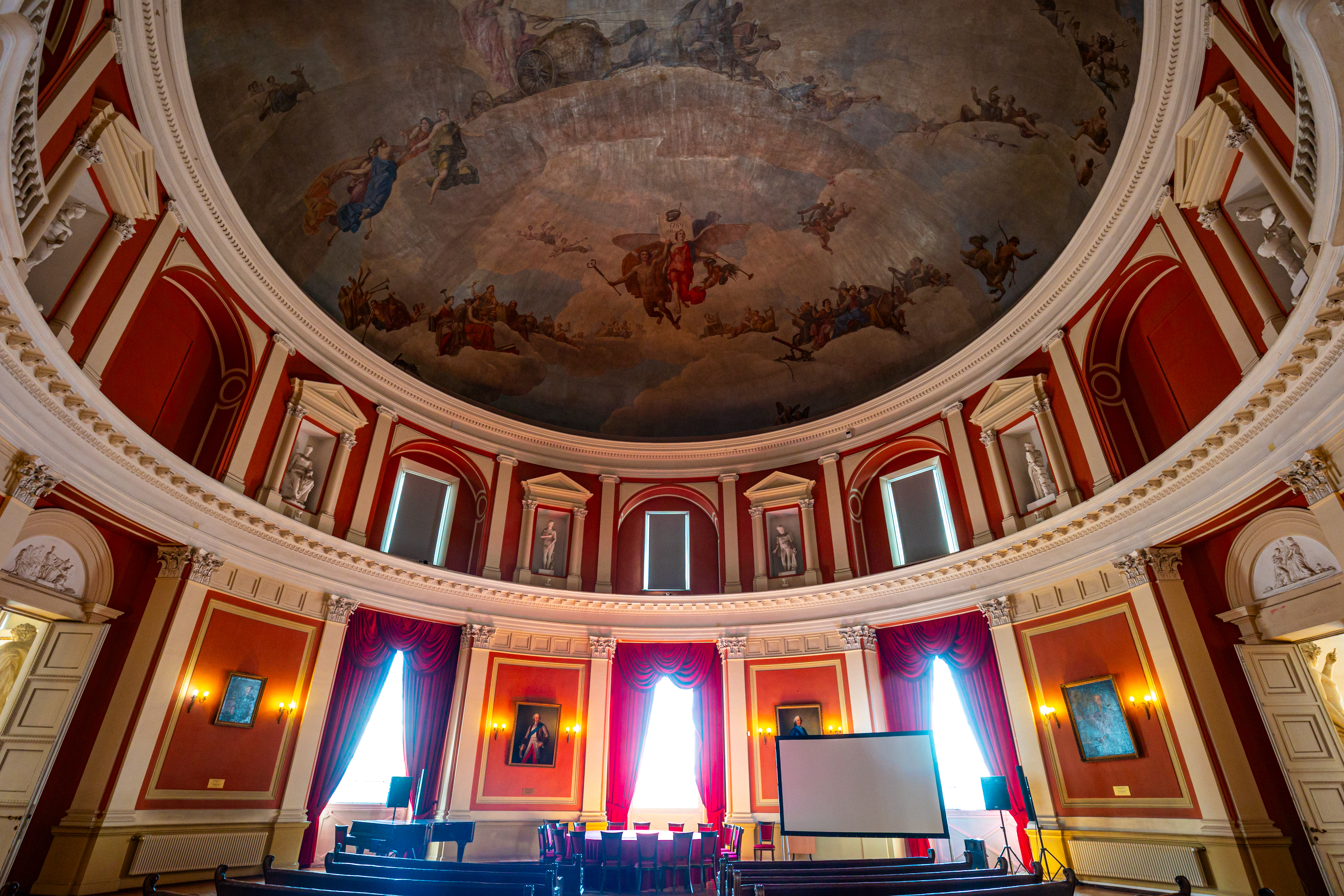

 Listen
Listen  Download
Download